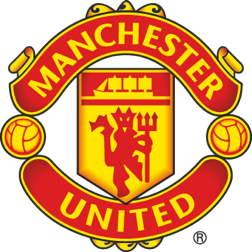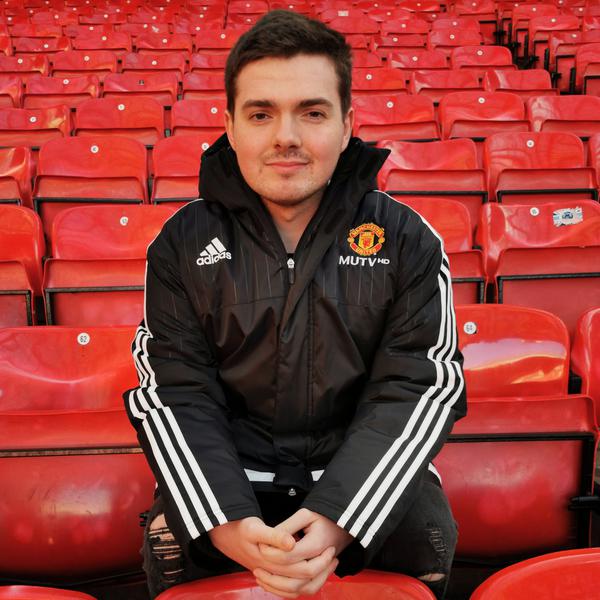All you need to know about the UEFA Nations League
It's almost time for the inaugural season of the UEFA Nations League, a new biennial tournament designed to add a competitive element to the international breaks, as well as providing a summer tournament in the years without a World Cup or European Championship.
There are quite a few pieces to the Nations League jigsaw, though, as we'll explain...
LEAGUES AND GROUPS
The Nations League is made up of four leagues, with the teams in each league decided by their UEFA coefficient. So the likes of England and reigning world champions France are in League A, while minnows such as San Marino have been placed in League D.
The four leagues will each be split into four smaller groups made up of three or four teams. These teams will play each other twice in the three international breaks between now and November.
There is a promotion and relegation system in place. So, for example, the team that finishes bottom of League A will be relegated to League B, while the team that finishes top of League B will be promoted to League A for the 2020/21 Nations League tournament.
With me so far?
Internationals: When are our stars in action?
ArticleOur guide to the United players on duty with their countries this month.
EUROPEAN REDS IN ACTION
As it stands, nine United players will embark on their Nations League journey. A good proportion will unsurprisingly be competing in League A, with Paul Pogba in Group 1 for France and Belgium's Marouane Fellaini and Romelu Lukaku in Group 2. Group 3 contains Luke Shaw, Jesse Lingard and Marcus Rashford of England and the Reds' shot stopper, Spain's David De Gea.
The Reds also have representation in League B and League C, with Victor Lindelof representing Sweden in Group 2 of League B, while Scott McTominay will be trying to help Scotland reach a first major tournament final since 1998 in Group 1 of League C.
A WHOLE NEW SUMMER TOURNAMENT
The months spent during the summer waiting for football to return will soon be a thing of the past. The Nations League Finals in June 2019 will occur in the years without a World Cup or European Championship. The finals will be made up of the four group winners of League A; these four teams will take part in two semi-finals, a third-place play-off and a final in a yet-to-be-decided host country.
The winner will lift the Nations League trophy, with the tournament recommencing in September 2020.
'U-N-I-T-E-D, United are the team for me...'
ArticleUnited Review editor Paul Davies says Sunday's win was key, but the club has always been about more than winning.
A ROUTE TO EURO 2020
Right, now it gets a bit more complicated.
After November, the qualifying campaign for the European Championship will take centre stage, getting under way in the international breaks between March 2019 and November 2019. Twenty of the 24 qualifying spots for Euro 2020 will be decided here.
The remaining four will be decided through the play-off route, which will be made up of the the 16 Nations League group winners from Leagues A, B, C and D. If any these teams have already qualified for Euro 2020 through the qualifiers, then the next best teams will take their place.
The 16 teams will then be divided into four groups, which will consist of a one-legged semi-final and a final. The home grounds for the semi-finals will be determined by who finished highest out of the two nations, with the venue for the final determined by a draw. The four final winners will take up the final four qualifying spots for Euro 2020.
No surprises here! Shaw is Player of the Month
ArticleLuke wins our August prize after his highly encouraging start to the season.
UEFA NATIONS LEAGUE
(with the United players involved in the opening fixtures)
LEAGUE A
Group 1: France (Pogba), Germany, Netherlands
Group 2: Belgium (Fellaini, Lukaku), Iceland, Switzerland
Group 3: Italy, Poland, Portugal
Group 4: Croatia, England (Shaw, Lingard, Rashford), Spain (De Gea)
LEAGUE B
Group 1: Czech Republic, Slovakia, Ukraine
Group 2: Russia, Sweden (Lindelof), Turkey
Group 3: Austria, Bosnia and Herzegovina, Northern Ireland
Group 4: Denmark, Republic of Ireland, Wales
LEAGUE C
Group 1: Albania, Israel, Scotland (McTominay)
Group 2: Estonia, Finland, Greece, Hungary
Group 3: Bulgaria, Cyprus, Norway, Slovenia
Group 4: Lithuania, Montenegro, Romania, Serbia (Matic)
LEAGUE D
Group 1: Andorra, Georgia, Kazakhstan, Latvia
Group 2: Belarus, Luxembourg, Moldova, San Marino
Group 3: Azerbaijan, Faroe Islands, Kosovo, Malta
Group 4: Armenia, FYR Macedonia, Gibraltar, Liechtenstein




